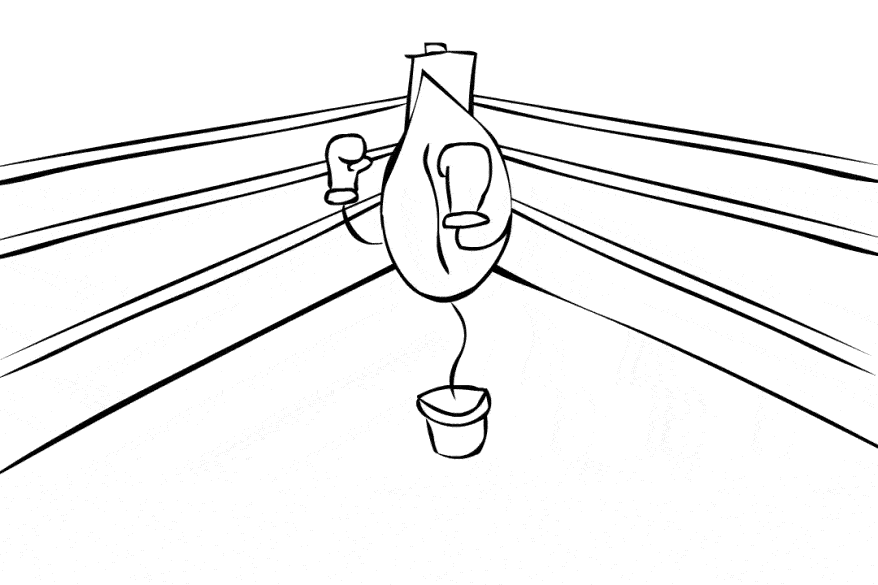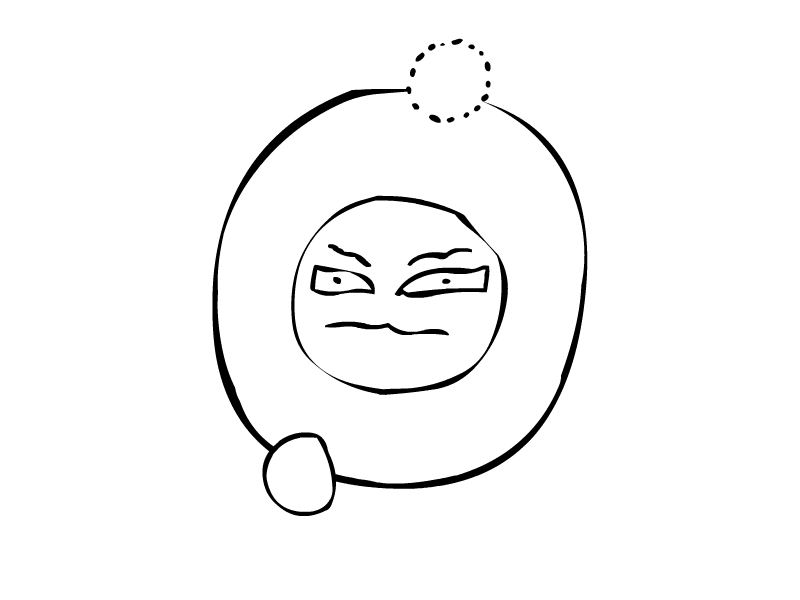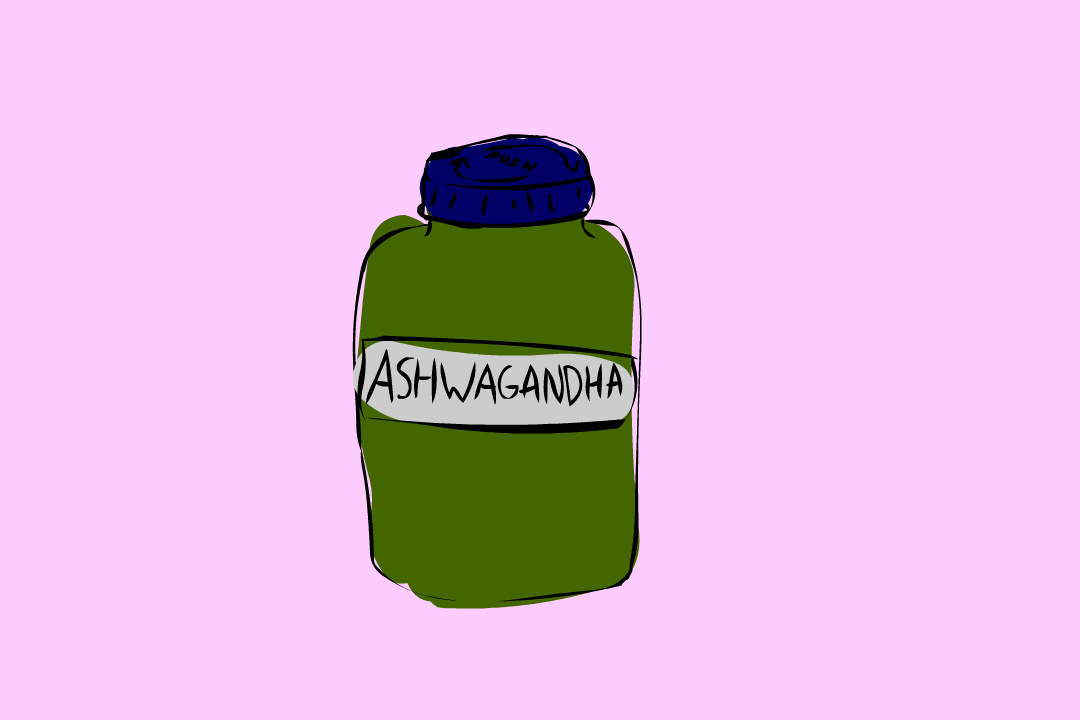The fight for Kratom has ramped up again, except this time a new contender enters the ring.
Kratom Vs The FDA
For those unaware, in August of last year, Kratom advocates woke up to the news that the DEA would temporarily reclassify Kratom as a ‘schedule 1’ drug, which resulted in massive backlash.
Public demonstrations, along with 120,000 signatures and ceaseless calls to local congressmen and women, forced the organization to call off the immediate ban and wait for further comment.
Most Kratom advocates assumed that they were in the clear, that is until November 14th of this year; when the even larger, more powerful FDA made a public statement deriding Kratom as a “harmful unapproved product”, which has “significant safety issues associated with its use“.
Although no direct call to ban or suspend the herb was issued, the FDA is already confiscating major shipments of Kratom, along with advising health boards to implement a ban on the local level. As you can expect, this sparked another massive volley of backlash. And as Kratom advocates gear up for battle once again, a critical question remains to be answered:
Does Kratom have medicinal value?
FDA commissioner, Scott Gottlieb, says no. Written in his open letter:
“there are currently no FDA-approved therapeutic uses of kratom. Moreover, the FDA has evidence to show that there are significant safety issues associated with its use.”
This statement is, of course, profoundly unscrupulous and written in such a way as to avoid addressing the considerable body of science that corroborates Kratom’s therapeutic benefits.
But we shouldn’t be too surprised; according to the Journal of Law, Medicine and Ethics: “90 percent of all new drugs approved by the FDA over the past 30 years are little or no more effective for patients than existing drugs”. Not to mention, every week roughly 53,000 people are hospitalized and 2,400 more die from “taking properly prescribed drugs to be healthier.”, according to sociologist Donald Light of Harvard.
It seems that the FDA – and Scott Gottlieb in particular – are more interested in outlawing an herb with not a confirmed death to its name, rather than fixing an organization that has committed an array of destructive errors. Shameful.
There is one line in the FDA’s letter that is on some level, commendable:
“While we remain open to the potential medicinal uses of kratom, those uses must be backed by sound-science and weighed appropriately against the potential for abuse. They must be put through a proper evaluative process that involves the DEA and the FDA. To those who believe in the proposed medicinal uses of kratom, I encourage you to conduct the research that will help us better understand kratom’s risk and benefit profile, so that well studied and potentially beneficial products can be considered.”
Assuming that the FDA keeps their word, this could be a golden opportunity for a batch of even more stringent Kratom research.
Until then, it’s important for us to understand why this herb is worth protecting and why ANY infringement on it, is seriously detrimental for the thousands of people who use it, everyday; mainly for therapeutic purposes.
Kratom’s notorious wrap as a ‘legal high’, may be the most destructive baggage it carries. It’s essentially a bad P.R. colloquy, which gives incompetent government agencies and politicians alike, an ‘in’ for misunderstanding, then scheduling it. We have to be more capable in our defense of Kratom, and that starts with understanding how it works, its history, chemical compounds and legitimate down sides. Here’s what we know about The FDA’s number 1 target.







